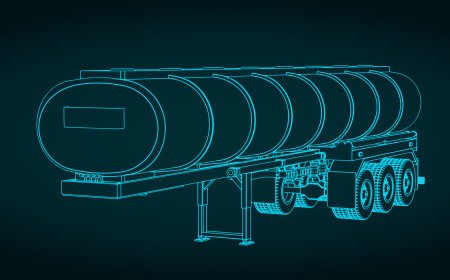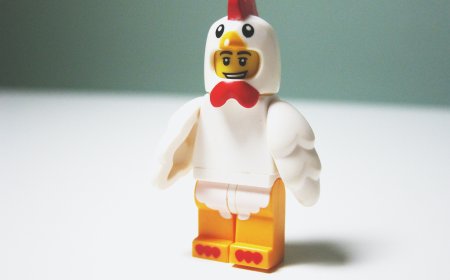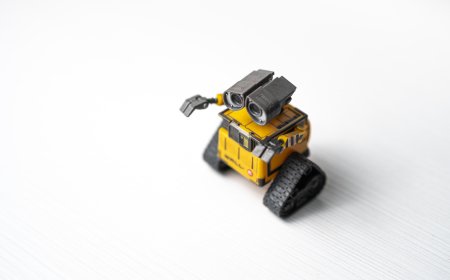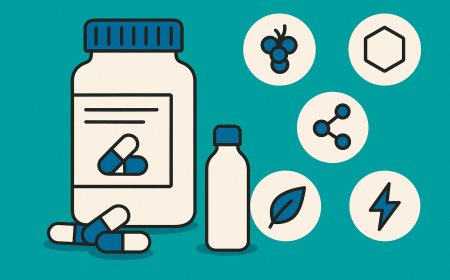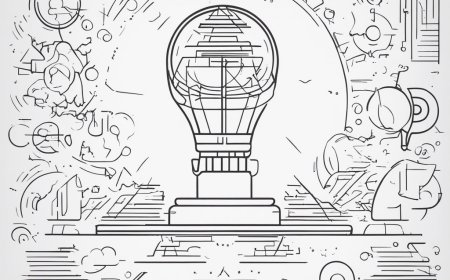What is Engineering?
Engineering is the process of designing, building, and maintaining structures, machines, and systems to solve problems and improve our lives. Engineers use their knowledge of science, math, and technology, along with their creativity and problem-solving skills, to invent new things and find solutions to the world's challenges.
The Design Process: From Idea to Reality
The design process is a series of steps that engineers follow to bring their ideas to life. These steps include:
-
Identify a problem or need: The first step in the design process is to identify a problem that needs solving or a need that can be met through engineering.
-
Brainstorm ideas: Engineers brainstorm and come up with various ideas to solve the problem or meet the need.
-
Select the best idea: After considering the pros and cons of each idea, engineers choose the best one to move forward with.
-
Create a prototype: Engineers create a prototype, or a working model, of their idea to test its functionality and make improvements.
-
Test and evaluate: The prototype is tested to see how well it works and to identify any issues that need to be addressed.
-
Refine and improve: Engineers make changes to the design based on the results of the testing and evaluation.
-
Build and implement: Once the design has been refined, it's time to build the final product and put it to use.
Engineering in Action: Real-World Examples for Kids
There are countless examples of engineering in the world around us. Here are a few kid-friendly examples to help illustrate the power of engineering:
-
Roller coasters: Roller coasters are an exciting example of engineering at its finest. Engineers design these thrilling rides to be both fun and safe, using their knowledge of physics, materials, and mechanics.
-
Bridges: Bridges are essential for connecting people and places. Engineers design and build bridges of various types, such as suspension bridges, arch bridges, and beam bridges, to span different distances and withstand different loads.
-
Robots: Robotics is a fascinating branch of engineering that involves designing, building, and programming machines to perform tasks. Robots can be found in factories, hospitals, and even our homes, helping to make our lives easier and more efficient.
The Many Branches of Engineering
Engineering is a vast field with many different branches, each focusing on a specific area of expertise. Here's an overview of some popular branches of engineering that kids might find interesting:
-
Civil Engineering: Civil engineers plan, design, and construct infrastructure projects like roads, bridges, dams, and buildings. They ensure that these structures are safe, efficient, and sustainable.
-
Mechanical Engineering: Mechanical engineers design, build, and maintain machines and mechanical systems. They work on everything from engines and robots to air conditioning systems and elevators.
-
Electrical Engineering: Electrical engineers focus on the design and development of electrical systems and devices, like power generators, electric motors, and electronic gadgets such as smartphones and computers.
-
Chemical Engineering: Chemical engineers apply their knowledge of chemistry, physics, and mathematics to create and improve processes that transform raw materials into useful products, like plastics, fuels, and pharmaceuticals.
-
Aerospace Engineering: Aerospace engineers design, develop, and test aircraft, spacecraft, and other flying vehicles. They also work on technologies like satellites and control systems for air traffic.
-
Biomedical Engineering: Biomedical engineers combine engineering principles with medical sciences to design and develop devices, systems, and techniques for improving healthcare, such as artificial organs, medical imaging devices, and prosthetics.
-
Environmental Engineering: Environmental engineers use their expertise to develop solutions for environmental problems, such as water and air pollution, waste management, and renewable energy systems.
-
Computer Engineering: Computer engineers work on the design, development, and testing of computer hardware and software. They create new technologies, such as microprocessors, computer networks, and cybersecurity systems.
Inspire young engineers with hands-on activities that encourage creativity, problem-solving, and critical thinking. Here are some engaging engineering activities for kids to try at home or in the classroom:
-
Build a bridge: Challenge kids to build a bridge using materials such as toothpicks, popsicle sticks, or LEGO bricks. The goal is to create a bridge that can span a specific distance and support a certain weight.
-
Design a parachute: Have kids design and build a parachute using materials like plastic bags, string, and paper clips. They can test their parachutes by dropping them from a height and observing how well they slow down the descent of a small object.
-
Create a Rube Goldberg machine: Encourage kids to design and build a Rube Goldberg machine—a complex, multi-step contraption that performs a simple task, like popping a balloon or ringing a bell.
-
Egg drop challenge: Task kids with designing a protective structure to prevent an egg from breaking when dropped from a certain height. They can use materials such as straws, cardboard, and bubble wrap to create their egg-saving inventions.
-
Construct a wind-powered car: Invite kids to build a small car that is powered by the wind. They can use materials like plastic bottles, cardboard, and straws to create their vehicles and test them using a fan or by blowing on them.
There are many fantastic resources available for kids interested in engineering, including:
-
Design Squad: Design Squad is a website and TV show that encourages kids to think like engineers and tackle real-world design challenges.
-
LEGO and other building toys: Building toys like LEGO, K'NEX, and Erector sets are great for inspiring creativity and nurturing engineering skills in young minds.
-
Books: There are numerous books available to introduce kids to the world of engineering, such as "Rosie Revere, Engineer" by Andrea Beaty and "The Most Magnificent Thing" by Ashley Spires.
Building the Future: Encouraging the Next Generation of Engineers
By introducing kids to the exciting world of engineering, we can inspire them to use their creativity and problem-solving skills to make a difference in the world. Through hands-on experiences, engaging resources, and real-world examples, we can empower the next generation of engineers and inventors to build, break, and repeat their way to a brighter future.

















